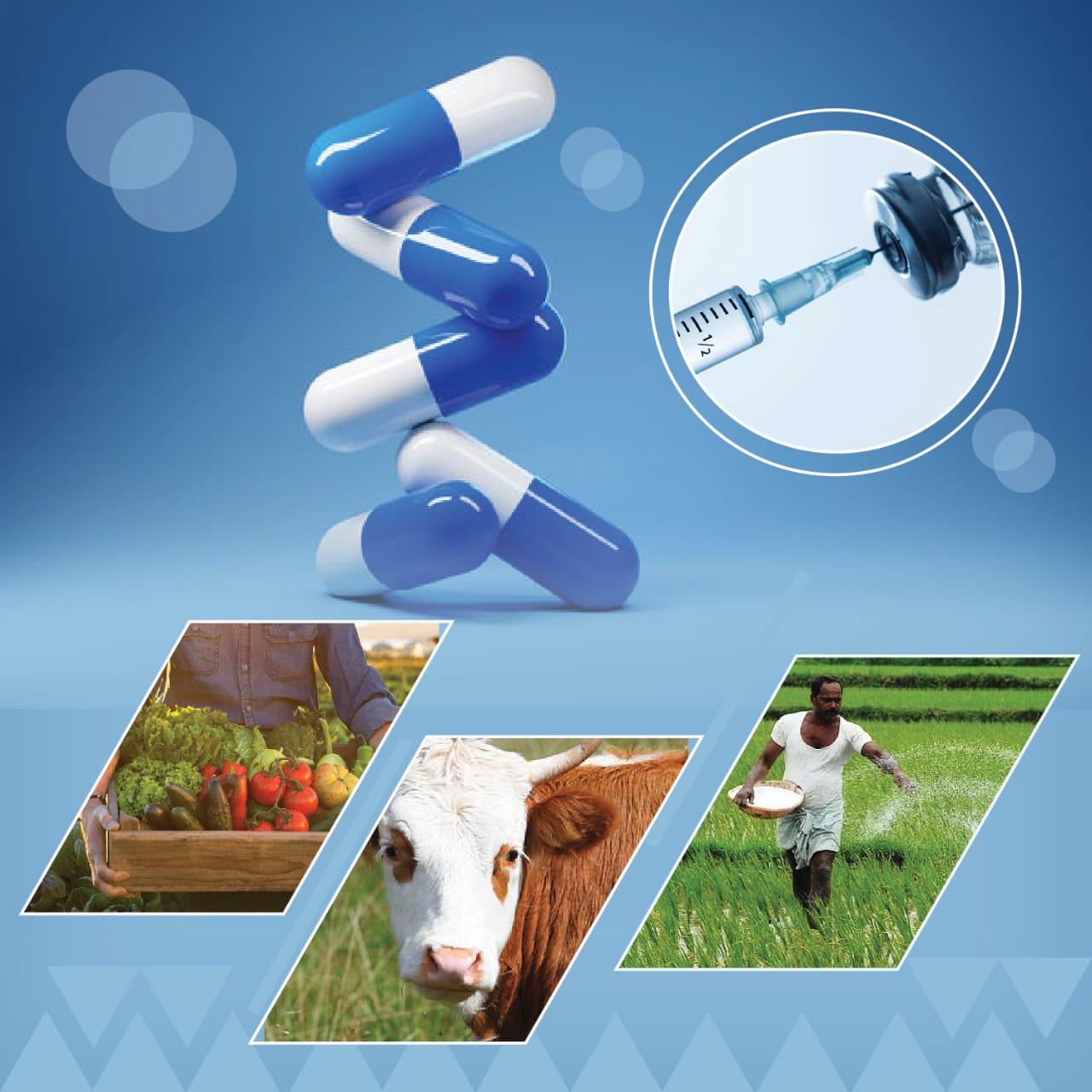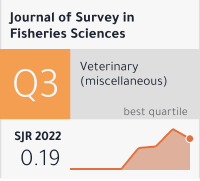Comparative Study of Soil Fertility under Different Water Resource Irrigation
DOI:
https://doi.org/10.53555/sfs.v9i1.3193Keywords:
Soil Fertility, Pollution, Irrigation, Sewage, Organic CarbonAbstract
The current study was conducted at the Sher-e-Kashmir University of Agricultural Sciences and Technology, Kashmir using a randomized block design with four treatments: untreated sewage water (T1), treated sewage water (T2), ground water (T3) and Shalimar stream as control (T4). During the study various soil properties including pH, electrical conductivity (EC), organic carbon, and macronutrient availability (NPK, Ca and Mg) were analyzed before and after irrigation. The outcomes showed significant differences between the treatments. When compared to the other treatments, untreated sewage water (T1) produced the greatest improvement in soil fertility, with higher levels of accessible Ca, Mg and NPK.
This might be because sewage water's large organic content breaks down and releases nutrients into the land. Although not as much as untreated sewage water, treated sewage water (T2) also improved the availability of nutrients in the soil. Relatively smaller gains were seen in ground water (T3) and control water (T4), with the control having the least impact on nutrient content. These results imply that, with proper management of salinity and other pollutants, sewage water, especially when treated can be used as resource for increasing soil fertility and productivity. The study emphasises how crucial sustainable irrigation techniques are to striking a balance between environmental concerns and nutrient benefits.









